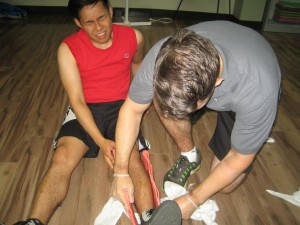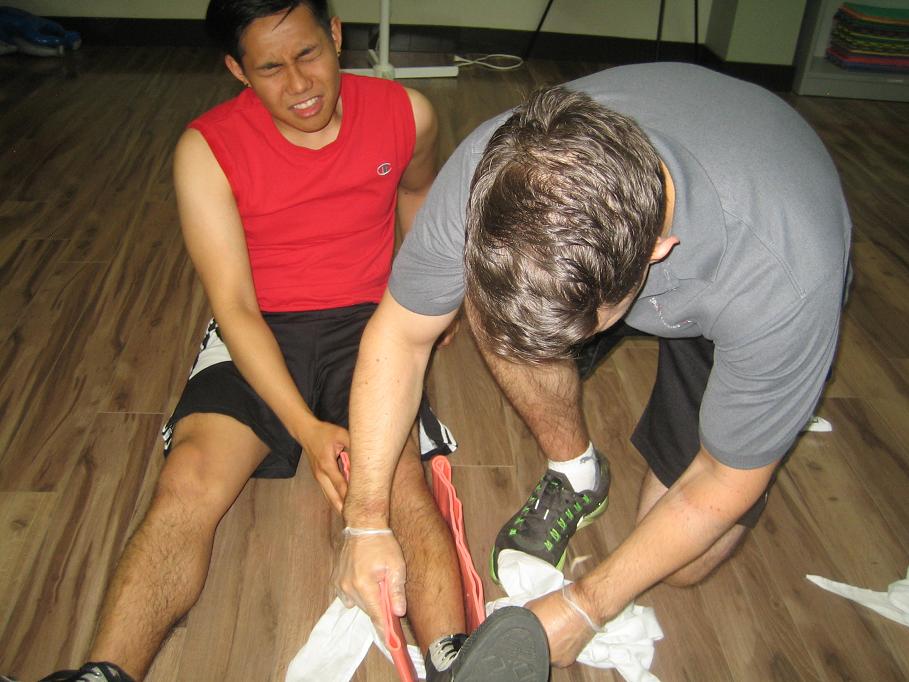An open fracture is an injury that involves protrusion of broken bone through the skin. It simply means that the bone is sticking out of the skin or simply indicates that the skin and soft tissues are disrupted and paves a path to the site of the fracture. This type is oftentimes labelled as a compound fracture which requires a specific form of treatment.
An open fracture is an issue for concern since this injury takes a longer time to heal and the risk for infection can lead to significant issues with the healing process of the adjacent tissues and bone. Majority of the initial treatment for an open fracture is aimed on averting further progression of the infection at the fracture site.
Surgical cleaning of an open fracture

The surgical cleaning of the bone is the initial step in managing an open fracture. Many individuals who end up with this type of fracture undergo a procedure called as “irrigation and debridement”. Irrigation involves cleansing the bone and fracture site.
Establishing the extent of the injury can be hard by simply looking at the open fracture. With this type of injury, even a minimal penetration in the skin can cover large areas of soft tissue damage around the open fracture. With this in mind, when cleaning the bone, it is usually done in the operating room under anesthesia.
Debridement
The next surgical step is called as debridement which involves removal of foreign material as well as non-viable soft tissue. Deciding on the viability of the tissue can be a challenging task in which severe cases might require several surgical procedures to guarantee that all non-viable tissue has been eliminated.
A common technique to verify if tissue is still functional is to check if it has a supply of blood. If absent, the tissue is not likely to endure and only add up to the risk for infection.
Bone stabilization
Stabilizing the broken bone prevents further tissue damage. Deciding on how best to stabilize the bone usually depends on various factors. The standard ways to stabilize a bone involves the use of screws and plates or intramedullary rods as suitable options if there is a high risk for bacterial contamination in the wound.
In most cases of open fractures, an external fixator is utilized to stabilize the injury. The advantages of this option is that it can be readily applied, secures the bone without the placement of foreign matter at the location and allowing the wound to be tended.
Antibiotics
Antibiotics are essential in the treatment of an open fracture. If the injury occurred in a contaminated environment, special considerations must be taken when choosing the right antibiotic to use.
The antibiotic must be given as soon as possible even before irrigation and debridement are carried out. They are continued for up to 48 hours and if further infection is likely, they are continued even longer.

